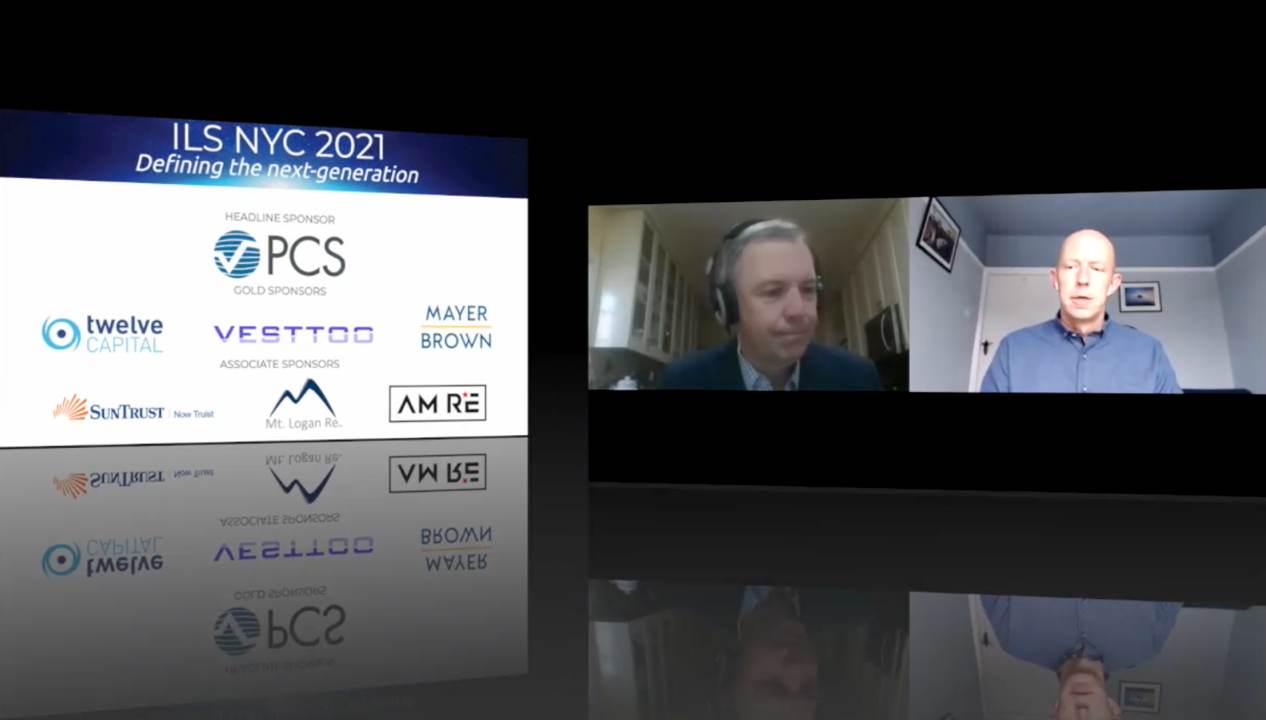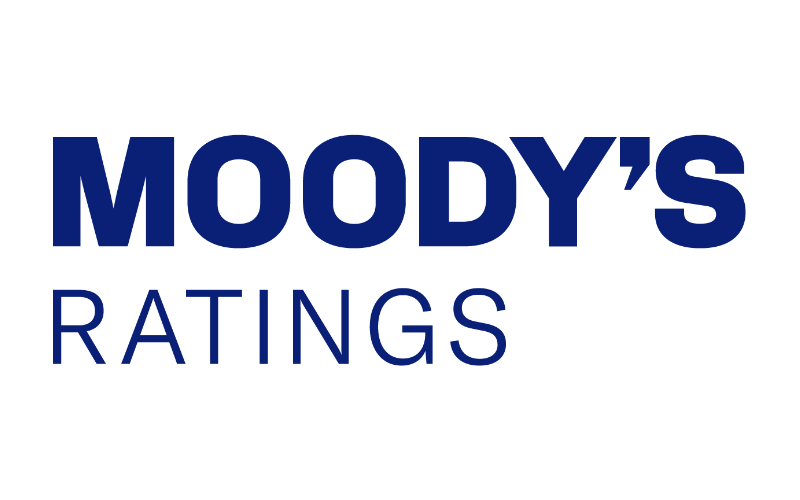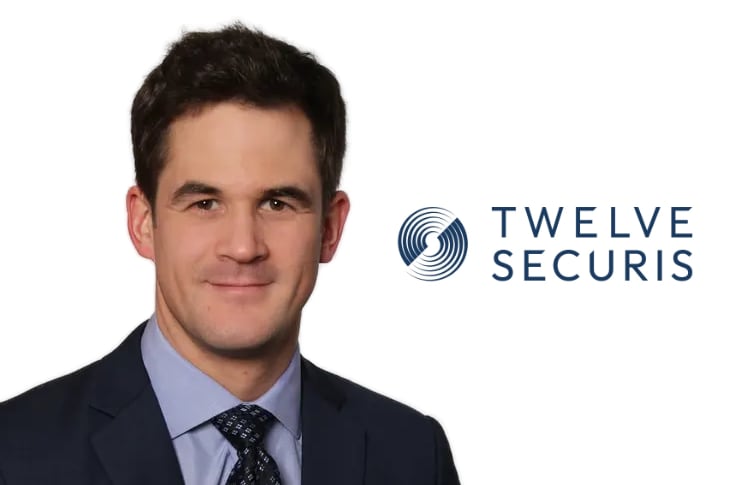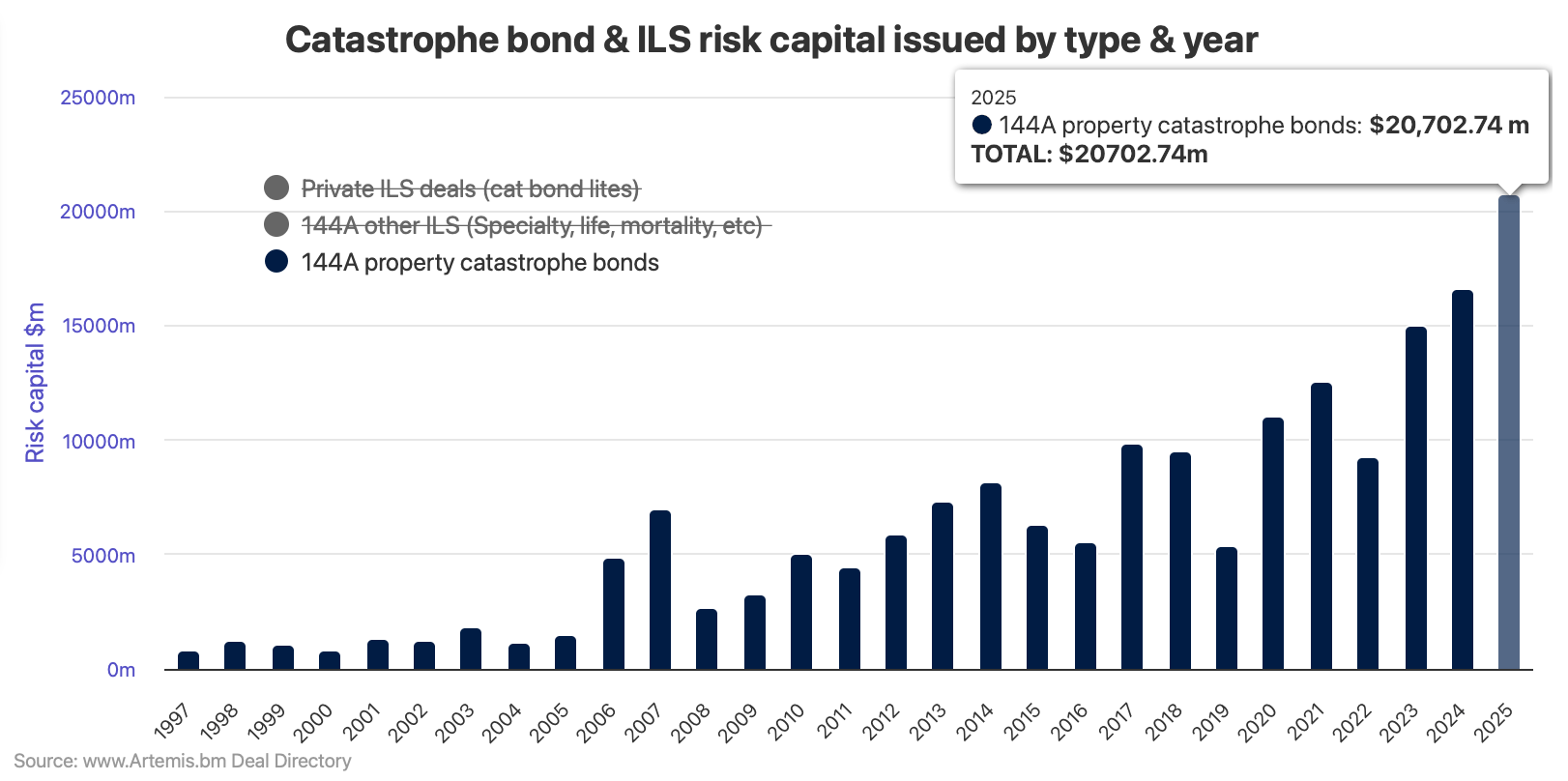
The World Bank sees the insurance-linked securities (ILS) sector providing significant benefits for member country governments, but elements of the catastrophe bond structure could be adapted to make it an even more attractive tool for sovereign disaster risk financing.This is according to Michael Bennett, Head of Derivatives & Structured Finance, World Bank Treasury, who opened the penultimate day of Artemis ILS NYC 2021 with an exploration of how the World Bank’s use of ILS may evolve.The World Bank, an international organisation with 189 member governments, has been involved in the catastrophe bond arena in some form for close to two decades.Over-time, and underpinned by some fairly large and innovative transactions, the World Bank has been playing a central role in expanding the remit of catastrophe bonds as well as other capital markets-backed risk transfer.
“Essentially, the transactions that we put on, we are insuring our member government against a specific set of risks, and we’re turning around and simultaneously placing that risk, reinsuring that risk in the market.And, we can do that either through conventional reinsurance or we can do that through the issuance of catastrophe bonds,” said Bennett.To date, explained Bennett, the World Bank has transferred around $4.5 billion of risk to the markets, the majority of which, around 65%, has been through ILS.
According to Bennett, there’s a number of reasons why both the World Bank and its members decide to leverage ILS over more traditional reinsurance protection.“One, is clearly capacity.We found that the ILS market can take very large size deals, and being that our sponsors are governments, they have significant risks that they are looking to pass to the market.
So, we’ve done deals as large as the Pacific Alliance deal, which was almost $1.4 billion, entirely in the ILS market.So, capacity has impressed us with the ILS market,” said Bennett.Another benefit for its member governments, which are the sponsors of these transactions, is the fact that ILS has no counterparty credit risk.
“For a government looking to insure itself, the chance that a counterparty default could affect their insurance is significant.So, the fact that ILS provides no counterparty credit risk is definitely a significant advantage,” he noted.Additionally, members value the longer duration deals that ILS provides when compared with the traditional marketplace as it can be a challenge from a budgeting perspective to get annual approvals for a reinsurance programme, he explained.
Adding, “And, also, we like the price transparency we get from the book building process on a public ILS deal.Not that that’s impossible in the reinsurance market to emulate that sort of price transparency, but the traditional book building where we can see the prices offered from a wide range of different investors, creates a level of price transparency that’s important to us.” While there’s clearly some real benefits for governments in using ILS, around 35% of the World Bank’s activities in this area has used conventional reinsurance to transfer the risk from government balance sheets.“There are certain areas, if you look at the other side of what benefits do we get from the reinsurance market that we’re not getting from the ILS market, and why would we sometimes prefer the reinsurance market,” said Bennett.
This includes the political nature of the deals that are being transacted and the fact that often, members want to do a gradual step payout function so that it’s not an all or nothing type of deal.“And, in fact, a lot of governments want that first step and the payout function to be a relatively high attachment probability purely because of the political issues involved.“Some member governments looking at this market really want the assurance that even if it’s a small payout, that an event that gets in the news will create some sort of payout.
So, that early trigger with a fairly high probability of attachment, is something that traditionally we’ve been told the ILS market doesn’t like.ILS investors don’t like to lose very small amounts of money over time, whereas the reinsurance market can price that risk and is more comfortable with that risk.“But, if we could get ILS investors more comfortable just simply placing that into the transaction, the chance of a small payment, I think it could make the ILS market more attractive,” he continued.
Another issue along the same lines concerns local currency denominations that are available in the reinsurance market but not so much in the ILS world, which is really a dollars and euros market.“Sometimes we have member governments who would like to denominate their insurance in local currency.And, that would be something that would be very interesting to see if we can do it in the ILS market right now,” said Bennett.
“And, maybe one more I’d mentioned, is reinstatement.One issue we have with ILS is of course if a trigger event occurs, often the government doesn’t want to go uncovered for some period of time.To put a new cat bond in place would probably be at least a matter of months.
“Reinstatement is something we can find in the more conventional reinsurance market, which, if we could find a cost effective way to build that into a cat bond structure, then that would be another way that ILS could really compete for some of these transactions that right now we would take to the reinsurance market,” he added.The session, which was broadcast first to event registrants on Wednesday 10th Feb, can now be viewed below: Every session from ILS NYC will be made available more broadly and audio versions will also be shared via our podcast as well..
.———————————————————————.All of our Artemis Live insurance-linked securities (ILS), catastrophe bonds and reinsurance can be accessed online.Our can be subscribed to using the typical podcast services providers, including Apple, Google, Spotify and more.
Publisher: Artemis








